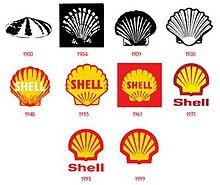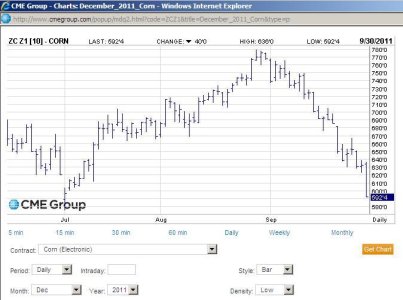James48843
TSP Talk Royalty
- Reaction score
- 853
New report out of the Argonne National Labratory in Illinois-
Debunks five common myths about ethanol.
http://www.wired.com/autopia/2011/06/five-ethanol-myths-busted-2/#more-36218
A small sample:
Debunks five common myths about ethanol.
http://www.wired.com/autopia/2011/06/five-ethanol-myths-busted-2/#more-36218
A small sample:
Myth No. 1: Ethanol requires more energy to make than it yields.
False. Argonne National Laboratory research has shown that corn ethanol delivers a positive energy balance of 8.8 megajoules per liter. The energy balance from second-generation biofuels using cellulosic sources is up to six times better, according to a study published in Biomass and Bioenergy Journal.
There are two key reasons ethanol is no longer net energy negative.
First, corn production efficiency has increased dramatically: Producers now grow 160 bushels per acre today versus the 95 grown in 1980, and corn yield continues to increase.
Second, ethanol production has become more energy-efficient. Today, more than 90 percent of corn used in ethanol production goes through a dry milling process that uses far less energy than the wet milling process used before. The combination of more corn per acre, coupled with a reduction of energy input to process ethanol, has resulted in a favorable energy output. The gallons of ethanol yielded per bushel of corn has also increased by about 50 percent.
Myth No. 2: Ethanol production reduces our food supply.[
False. Only 1 percent of all corn grown in this country is eaten by humans. The rest is No. 2 yellow field corn, which is indigestible to humans and used in animal feed, food supplements and ethanol.
Specifically, a bushel of corn used for ethanol produces 1.5 pounds of corn oil, 17.5 pounds of high-protein feed called DDGS, 2.6 pounds of corn meal and 31.5 pounds of starch. The starch can be converted to sweeteners or used to produce 2.8 gallons of ethanol. DDGS displaces whole corn and some soybeans traditionally used in animal feed. The United States is a large exporter of DDGS to China and other countries.
Additionally, the food-versus-fuel debate has spurred significant research and development of second-generation biofuels like cellulosic ethanol that do not use food crops. Cellulosic ethanol is made from the “woody” structural material in plants that is unusable by humans. Unlike food crops, ethanol crops and cellulosic ethanol crops can grow in any soil that will sustain grass. Researchers, including Argonne, are investigating using marginal land to grow ethanol crops. Studies from the U.S. Department of Energy suggest the United States has enough non-edible biomass to produce approximately 30 percent of our total transportation fuel requirements by 2030. That could go a long way toward easing our reliance on imported petroleum. Taken together, the increase in crop yield and the use of marginal lands can enable us to produce food and fuels.



